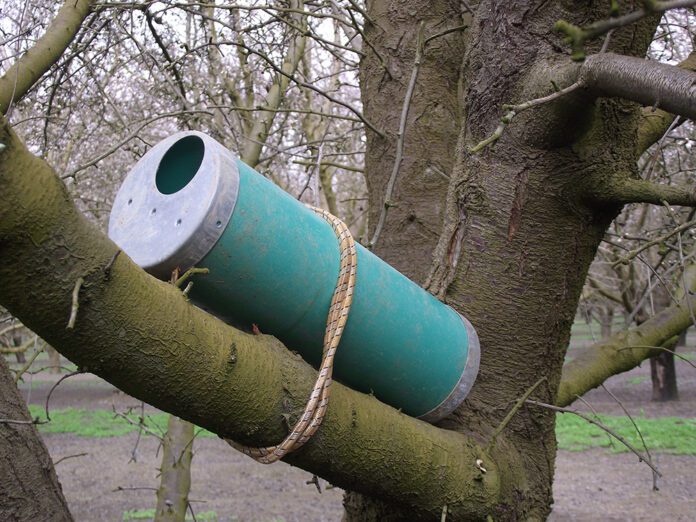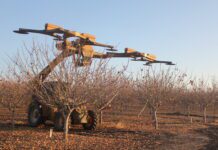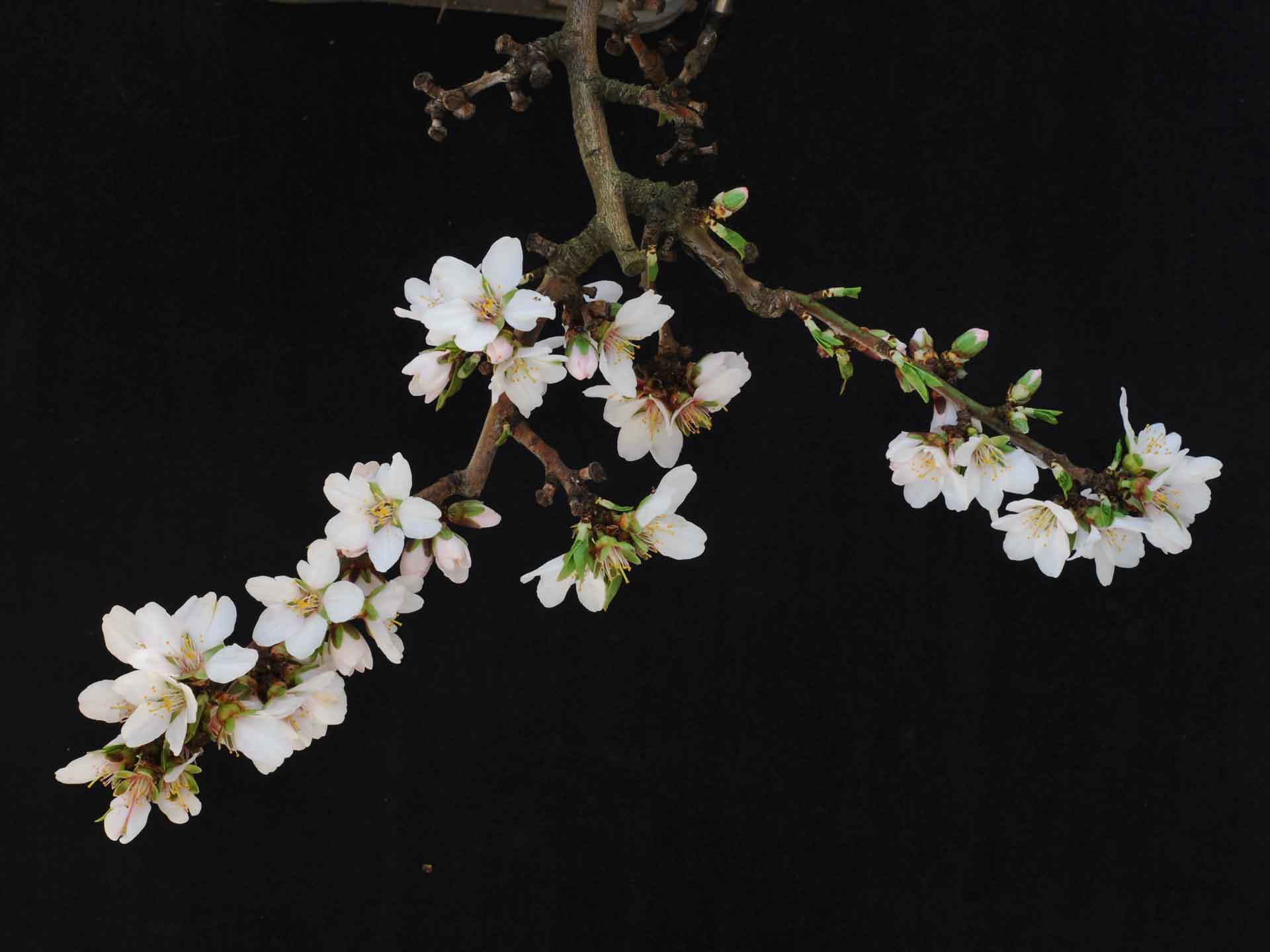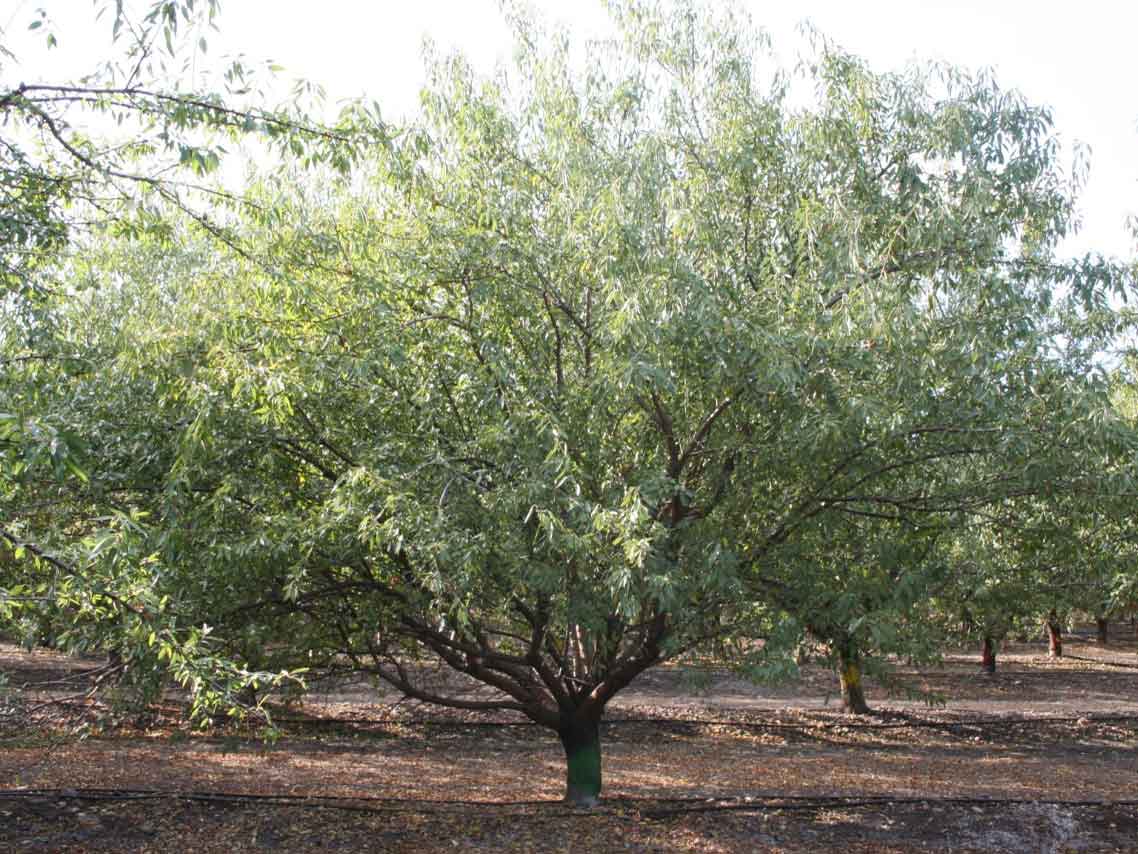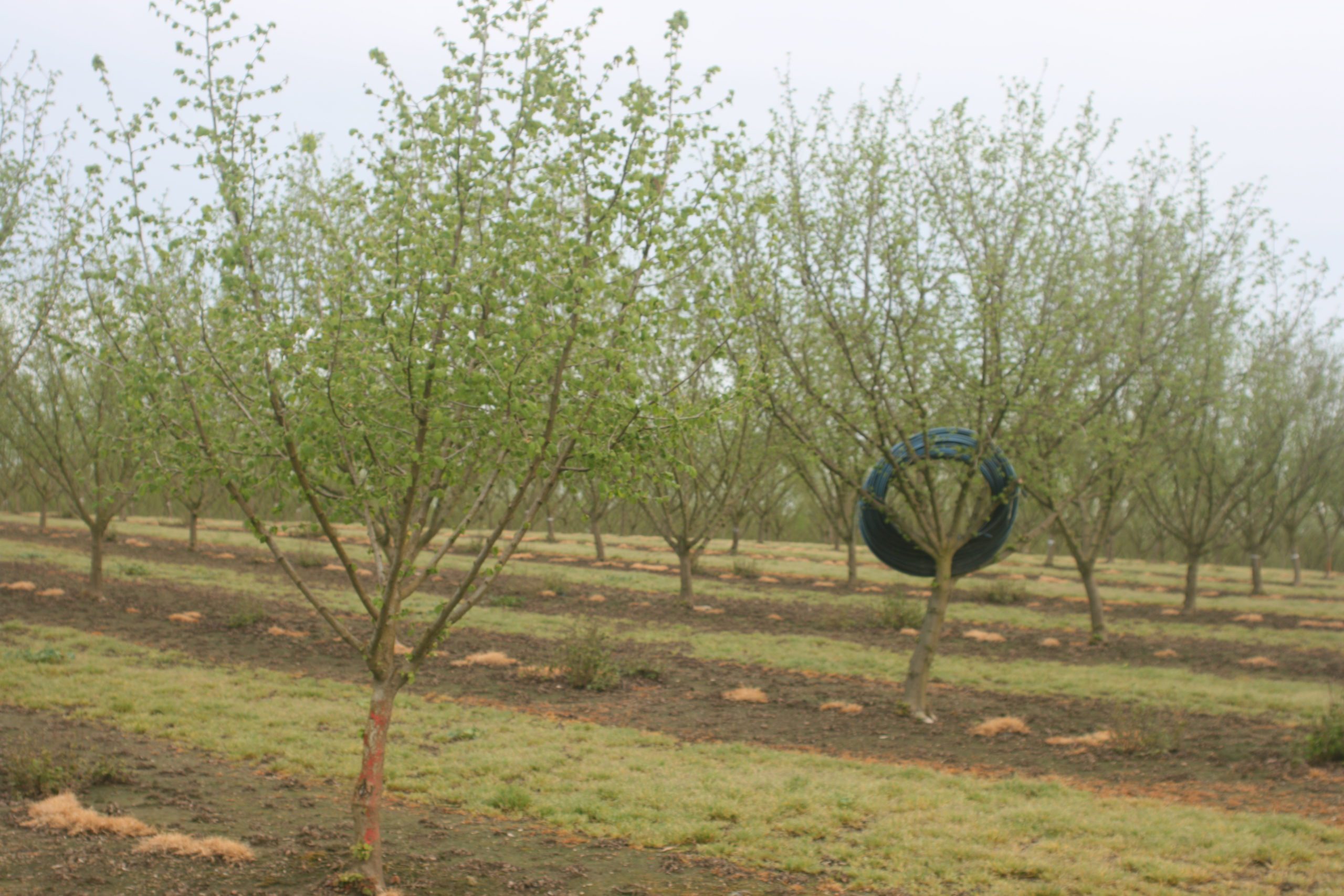Roof rats are causing significant damage to tree nut orchards in the San Joaquin Valley. Roger Baldwin, CE specialist in human-wildlife conflict resolution, said roof rat invasions of citrus and tree nut orchards have increased.
Roof rats, also known as black rats, nest around the base of trees in almond orchards. They are identified by their pointed muzzle and a hairless, long tail. They are active throughout the year, mostly at night. Roof rats are prolific breeders, and females can produce three to five litters of five to eight young per year.
Roof rats are inflicting tree damage by girdling tree branches and damaging irrigation lines. They also see nuts as a food source.
In a webinar hosted by UCCE, California Farm Bureau and Western Tree Nut Association, Baldwin said controlling rat populations in orchards will require an integrated approach.
He cited recent trials done in citrus orchards to control roof rats. Similar control methods apply in tree nut orchards, but there are differences in control options due to more open tree canopies in tree nuts and the availability of food sources.
Rats are active above ground in trees and below ground in burrows. Baldwin said he suspects they move into orchards and use old burrow systems from mice, gophers and voles.
In his orchard trials, Baldwin said monitoring rat activity showed their home range was large at 5.9 acres, that rats stayed exclusively within orchards and were active only at night.
Elevated bait stations are the initial “knockdown” tool, Baldwin said. They use diphacinone-treated oats as bait. This rodenticide is a restricted-use product. Depending on the particular product used, it may or may not be allowable for use during the growing season, although results are likely to be most promising if applied during the dormant season.
Bait Station Placement
Bait stations should be placed three feet or more up in the tree and secured to a branch. The use of elevated bait stations will eliminate access to bait for most non-target species. The stations can be placed without bait for a few days to allow rats to become used to the devices. Bait should be introduced and replenished for around four weeks or until consumption stops if there is evidence of re-invasion.
Rat movement data from monitoring provided spacing guidance for station placement in the trial. Baldwin noted the wider the distance between the stations, the less effective they were in control. In the trial, he said they went to a shorter distance and achieved better results.
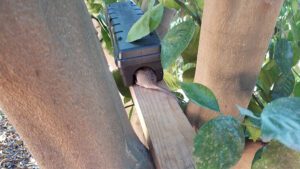
In addition to the bait stations, Baldwin said that Goodnature A24 traps were tested for efficacy. Although these traps are less labor-intensive than snap traps, they were not very effective. Trapping tunnels that contained a snap trap on both ends proved to be a far more effective supplement to baiting. In fact, their use for up to five months following the completion of a baiting program further reduced rat populations (93% reduction when compared to pre-treatment levels).
Baldwin said an effective rat control plan in citrus includes initial bait applications with a 164-foot spacing, extended snap trapping with a 250-foot spacing and quarterly monitoring with tracking tunnels at 230-foot spacing.
Other options for control are burrow fumigation with aluminum phosphide, pressurized exhaust or a carbon dioxide injection device. Setting up nest boxes to encourage owl populations might also work, Baldwin said.
Noting costs associated with an IPM program, Baldwin said that initial control costs averaged around $80 per acre, with purchased supplies accounting for most of the costs in the first year. However, costs for subsequent years drop to around $16 per acre.
Considering Costs
Considering costs of a control program in citrus, Baldwin said at $12 a box of lemons or oranges, about six boxes would need to be saved in Year 1. Only one box would need to be saved in subsequent years. This does not account for damage to irrigation infrastructure, which would further increase the value of a control program.
Baldwin said using only one rat control method may work for initial knockdown, but populations may rebound. The benefit of an integrated approach is the long-term efficacy.
Baldwin also noted he is looking for potential study sites for roof rat control trials. He can be reached at rbaldwin@ucdavis.edu or 530-752-4551.

Cecilia Parsons
Cecilia Parsons has lived in the Central Valley community of Ducor since 1976, covering agriculture for numerous agricultural publications over the years. She has found and nurtured many wonderful and helpful contacts in the ag community, including the UCCE advisors, allowing for news coverage that focuses on the basics of food production.
She is always on the search for new ag topics that can help growers and processors in the San Joaquin Valley improve their bottom line.
In her free time, Cecilia rides her horse, Holly in ranch versatility shows and raises registered Shetland sheep which she exhibits at county and state fairs during the summer.







